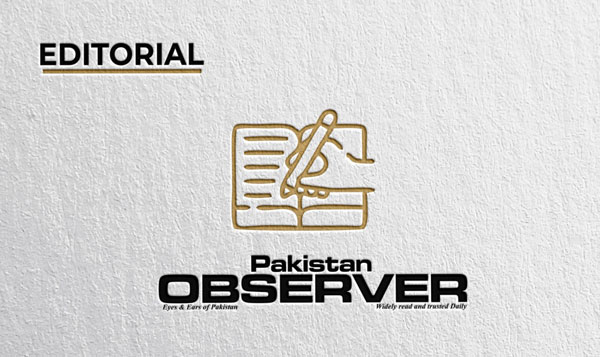THE announcement by the State Bank of Pakistan (SBP) to cut the interest rate by 150 basis points (bps) to 20.5 percent marks a significant turning point in the country’s economic policy. This is the first-rate reduction in nearly four years, coming just ahead of the annual budget and on the heels of encouraging inflation data.
This decision signals a critical shift in focus from mere stabilization to fostering growth. By lowering the key rate, the SBP aims to stimulate economic activity and boost investor confidence. Analysts project that this decline in the policy rate will provide substantial relief, approximately 600 billion rupees ($2.16 billion) in debt servicing, to the government as well as the cost of borrowing will ease financial pressures, enabling businesses to expand, which is essential for long-term economic health. While this reduction is a step in the right direction, it is imperative that the SBP continues to monitor economic indicators closely and considers further rate cuts post-budget. Our policy rate remains significantly higher than those of its regional counterparts, including Bangladesh and India. Further reducing the policy rate will not only bolster business confidence but also enhance the government’s fiscal space. Lower interest payments will free up critical resources that can be redirected towards development projects and social welfare programs. Additionally, reduced borrowing costs will encourage businesses to increase their investments, leading to higher economic activity which will help in job creation. It will also stimulate consumer spending by reducing the cost of financing for large purchases such as homes and vehicles. This, in turn, can have a multiplier effect on the economy, driving demand across various sectors. Furthermore, with cheaper access to credit, small and medium enterprises will find it easier to secure funding for growth and expansion, fostering entrepreneurship and innovation.










